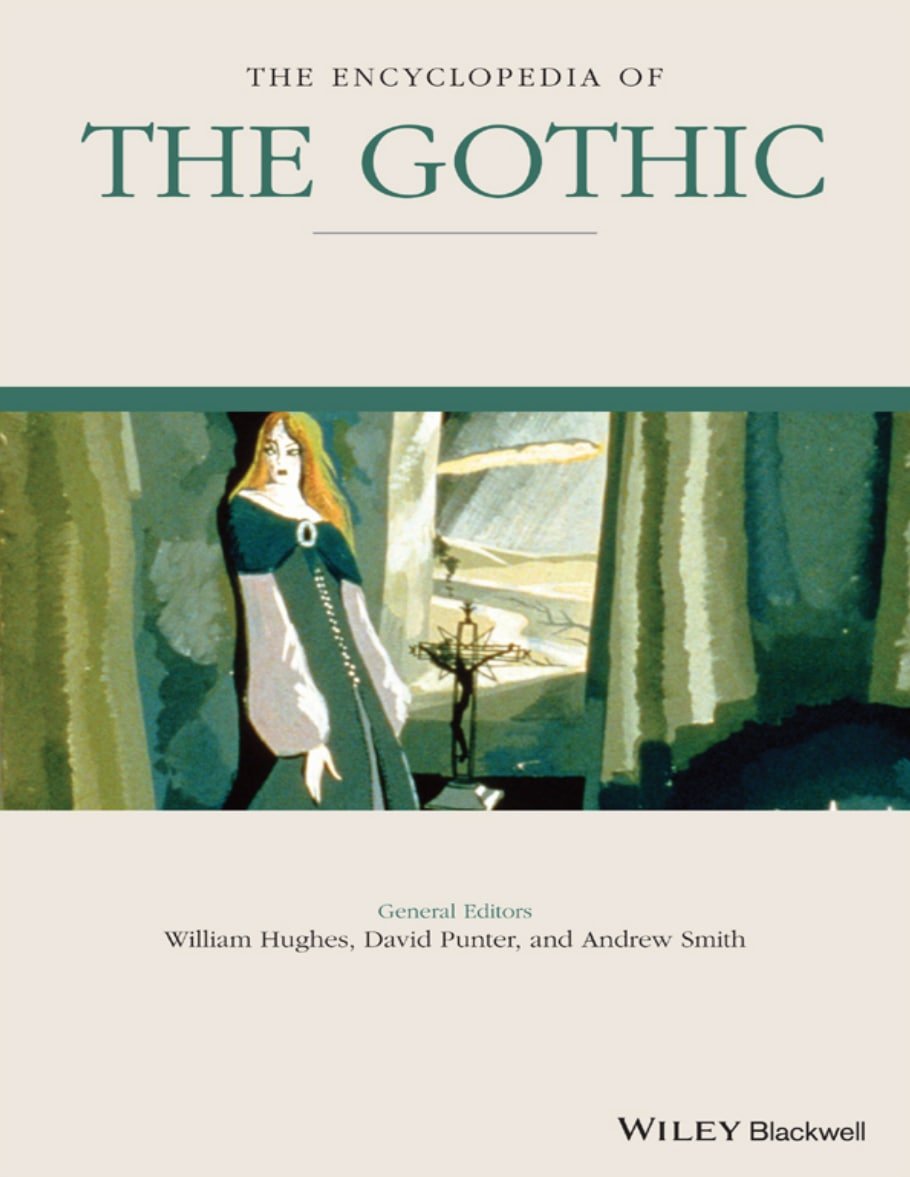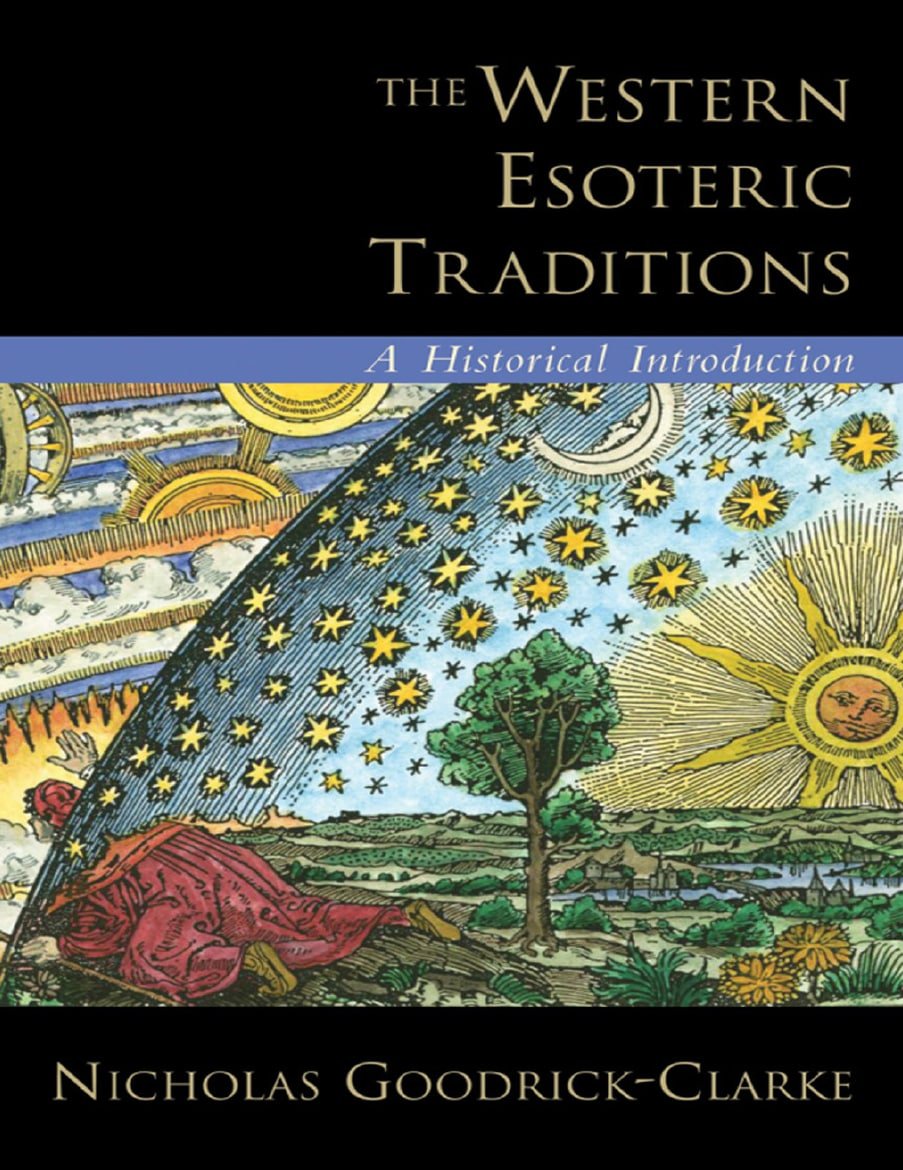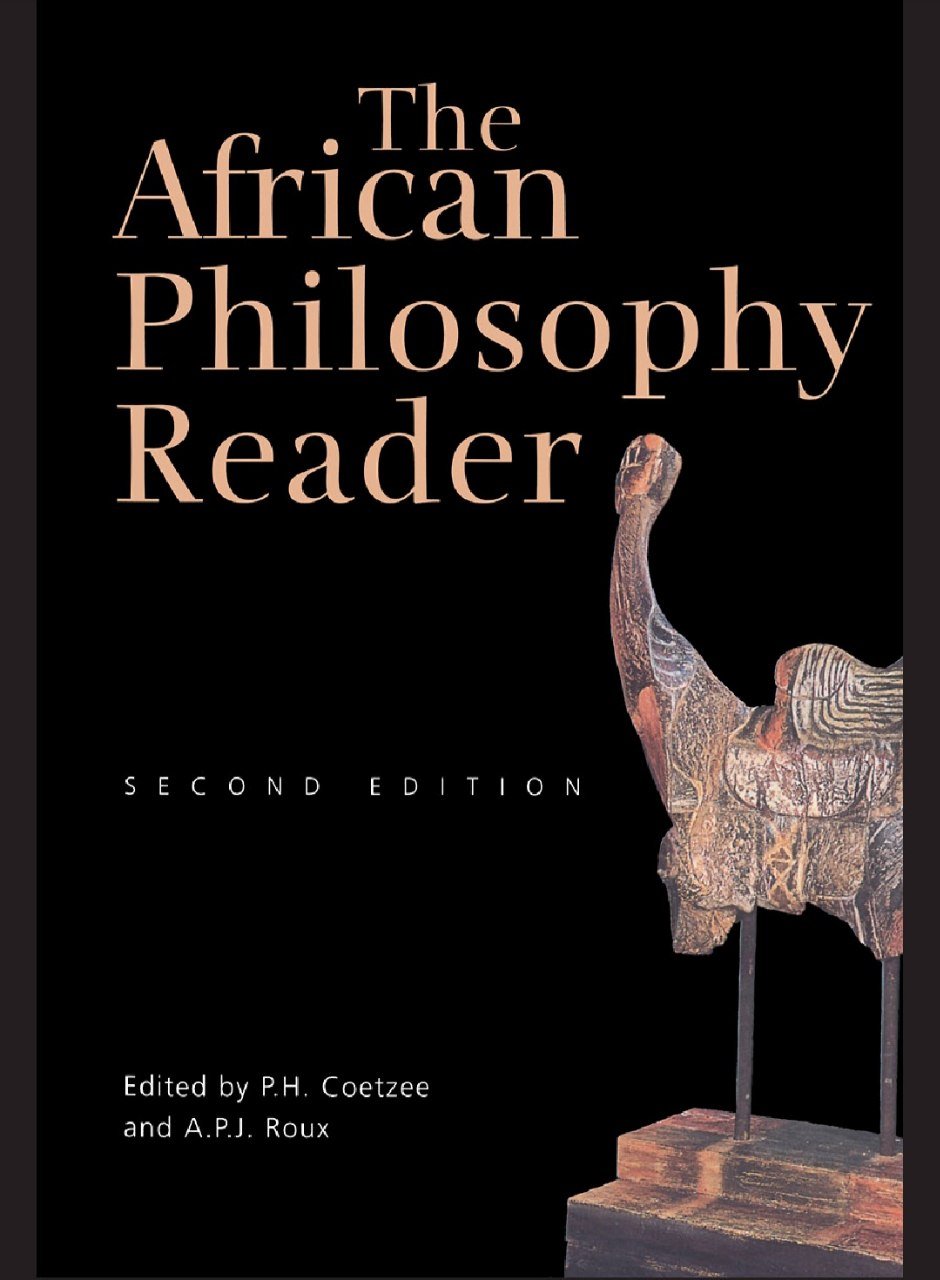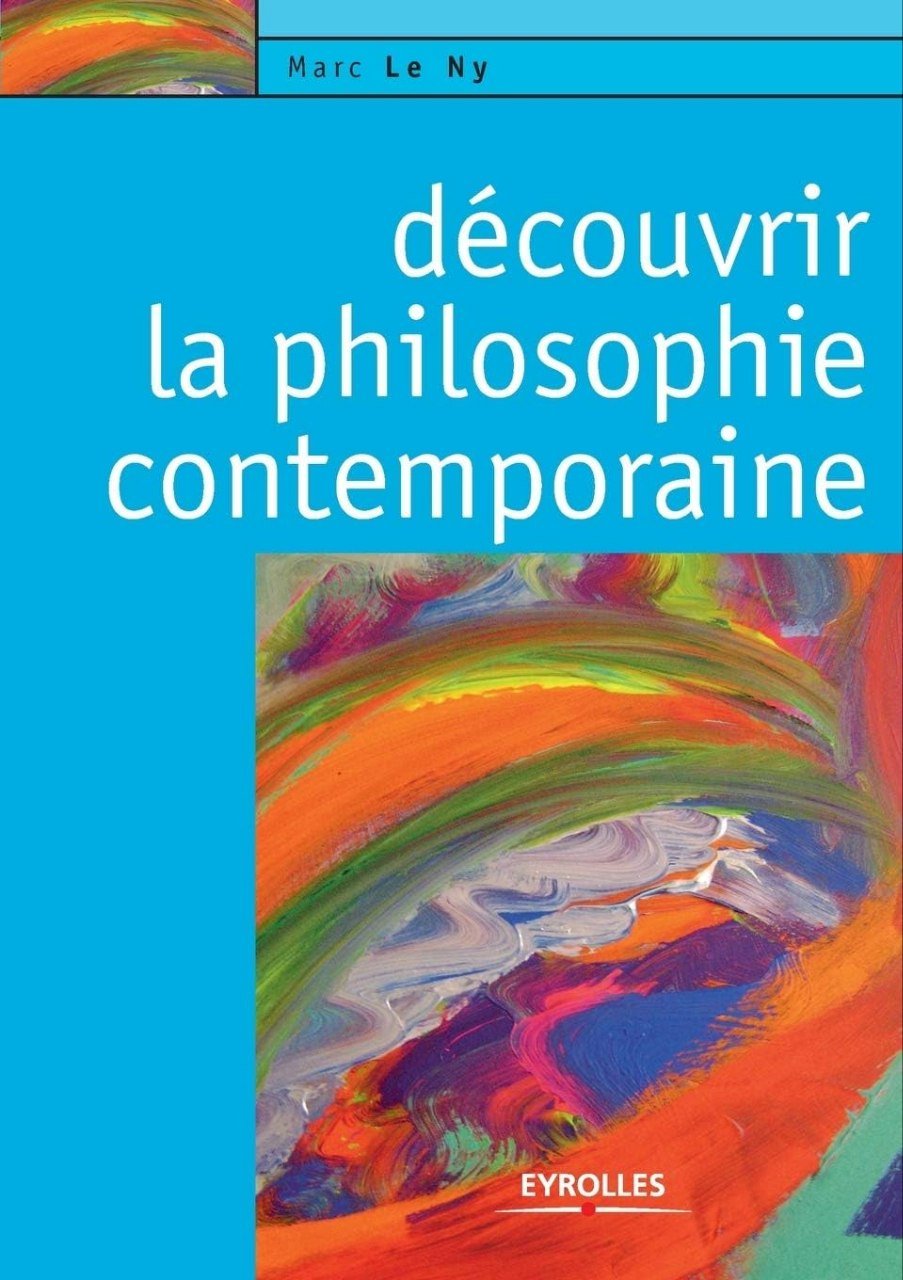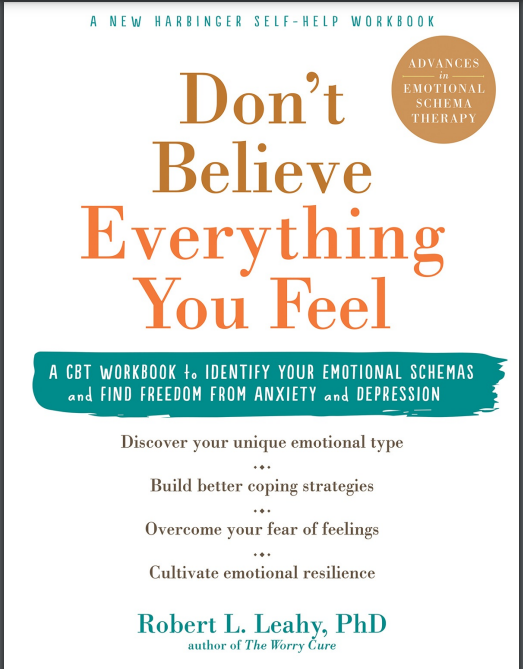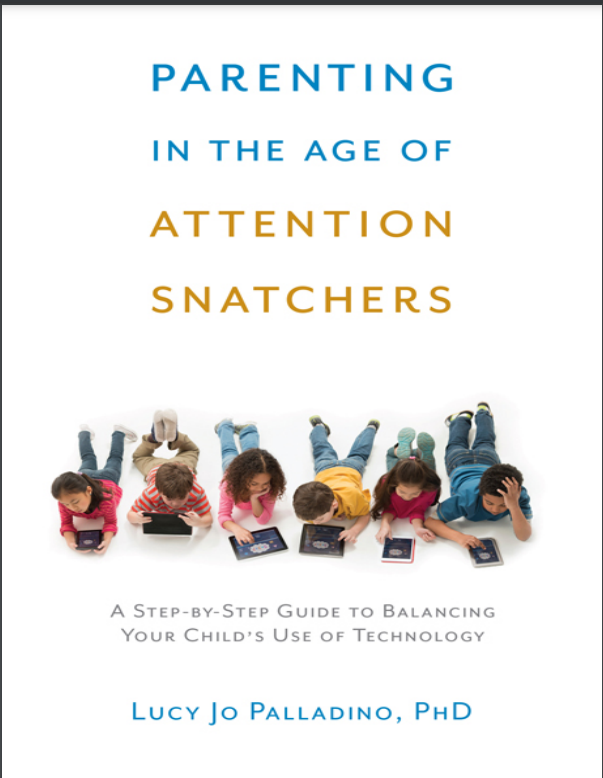

Aesthetics by Colin Lyas
Reviews
No review yet. Be the first to review this book!
Description
Aesthetics by Colin Lyas, published in 1997 as part of the Fundamentals of Philosophy series, is an accessible and engaging introduction to the field of aesthetics, the branch of philosophy concerned with the nature of beauty, art, and taste. Designed for students and general readers new to the subject, Lyas offers a clear and concise exploration of fundamental issues and debates within aesthetic theory, while also providing historical context and contemporary perspectives. The book begins by addressing foundational questions: What is art? What do we mean when we call something beautiful? Are aesthetic judgments purely subjective, or can they be objective? Lyas guides readers through discussions of key concepts such as aesthetic experience, expression, representation, and interpretation. He also explores the role of intention in art, the problem of defining art, and the relationship between moral and aesthetic value. Throughout the text, Lyas introduces the ideas of major philosophers who have shaped the field, including Plato, Aristotle, David Hume, Immanuel Kant, and more recent thinkers such as Clive Bell and Arthur Danto. By examining their contributions, Lyas traces how aesthetic theory has evolved over time, from classical concerns with beauty and mimesis to modern discussions of abstract and conceptual art. One of the strengths of Aesthetics is its balanced approach: Lyas presents differing viewpoints on controversial issues without favoring one over the other, encouraging readers to think critically and develop their own informed opinions. He also makes connections between aesthetics and other areas of philosophy, such as ethics and metaphysics, as well as broader cultural and artistic concerns. This concise yet thorough introduction makes Aesthetics an ideal starting point for anyone seeking to understand the philosophical study of art and beauty. Colin Lyas’s clear writing and thoughtful analysis ensure that complex ideas are approachable without sacrificing depth or rigor, making this book a valuable resource for students, educators, and anyone with an interest in aesthetics and the philosophy of art.























.jpg)

.jpg)




.jpg)



.jpeg)













.jpeg)






.jpeg)





.jpg)










.jpeg)

.jpg)
.jpeg)



.jpg)
.jpg)


.jpg)

.png)














